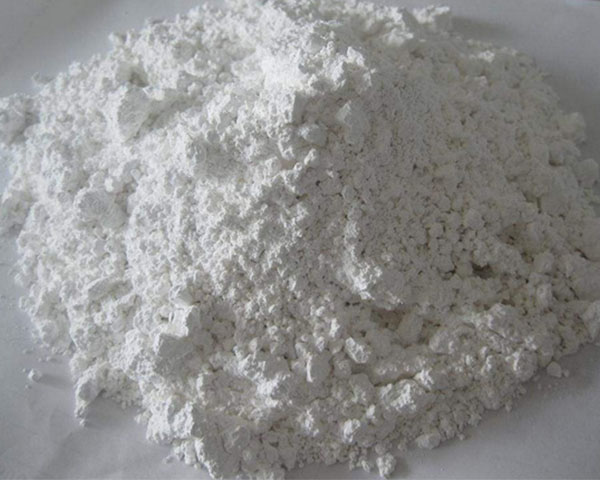Characteristics and advantages of talc powder masterbatch
Talc masterbatch is a kind of plastic modified filler. It refers to the granules whose main ingredient is talc. Haicheng talc is mixed with polymer or other carriers to form granules. It is mainly used to improve the functions of rubber, plastic and resin. Can significantly improve the stiffness, high temperature creep resistance, heat resistance and other functions of the data. Talc masterbatch is a kind of plastic modified filler. It refers to granules whose main component is talc, which is mixed with polymer or other carriers to form granules. It is mainly used to improve the functions of rubber, plastic, and resin. Compared with talc powder, talc powder masterbatch has a good processing function, which improves the problem of talc powder escape.
Talc is a water-containing, layered silicate deposit. Chemical formula: Mg3 (Si4O10) (OH) 2. Its chemical composition: MgO is 31.8%, SiO2 is 63.37%, H2O is 4.7%, and often contains a small amount of Fe, A1 and other elements. The density of talc is 2.7 ~ 2.8g / cm, and the hardness is the smallest of the mineral deposits. The Mohs hardness is 1, and it has a soft and smooth feel. Its colors are white, gray-green, milky white, light red, light blue, light gray, etc., with pearl or fatty luster. The association water can be lost at 380 ~ 500 ℃, and the crystal water can be lost at 800 ℃. Talc is slightly alkaline in water with a pH of 9.0 ~ 9.5.

Talc has a layered structure, and the adjacent two layers are combined by weak van der Waals forces. When the external force is applied, it is easy for the two adjacent layers to slip or separate from each other. Therefore, the basic shape of the talc particle structure is flaky or scaly.
The flaky structure of talc powder has greatly improved some functions of talc powder-filled plastics. Some people regard talc powder as a reinforcing filler. The primary talc powder can improve the stiffness of the filling material and the creep resistance at high temperatures. When talc powder particles are placed along the direction of material movement during processing, their placement is basically in the shape of a sheet, connected from small pieces into large pieces according to the principle of minimum resistance. Therefore, the stiffness of the data can be significantly improved in a specific direction. Secondly, talcum powder can significantly improve the heat resistance of filling materials. The heat distortion temperature used to measure the heat resistance function of the data refers to the temperature at which the sample twists to a certain degree under the load effect. The flake talcum powder can improve the heat distortion temperature of the data in a specific direction.
Among the silicon-containing fillets, talc is the cheapest and can reduce costs.


